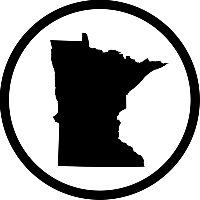Silphium, Cup Plant, 6 pack



Out of stock
Coming soon, still growing- Sun Preference
- Full-Sun, Part-Sun
- Bloom Time
- July, August
- Buy 6 for $15.00 each and save 12%
Description
Silphium perfoliatum.
Cup Plant gets it’s name by the cup-shaped attachment of the upper leaves with a height ranging 36-96 inches. Found in mesic prairies, shorelines and wetlands. Cup Plant is sure to attract a wide range of wildlife including birds, butterflies, bees and humming birds. Blooming of it’s yellow flowers occurs in the summer, Cup Plant grows in wet mesic-mesic soils and full to partial sun.
Minnesota's Largest Selection of Perennials
Discover an unparalleled selection of perennials at Gertens! With the largest variety in Minnesota, we offer endless options of colorful perennials, natives, and pollinator plants to beautify your garden year after year. From vibrant flowers to lush foliage, our perennials are perfect for adding beauty and charm to your outdoor space. Visit Gertens today and see why we're known as Minnesota's Destination Garden Center!
More Information
| MN Native Plants | MN Native Plants |
|---|---|
| Sun Preference | Full-Sun, Part-Sun |
| Bloom Time | July, August |
| Mature Height (Range) | 61" - 72", 73" + |


